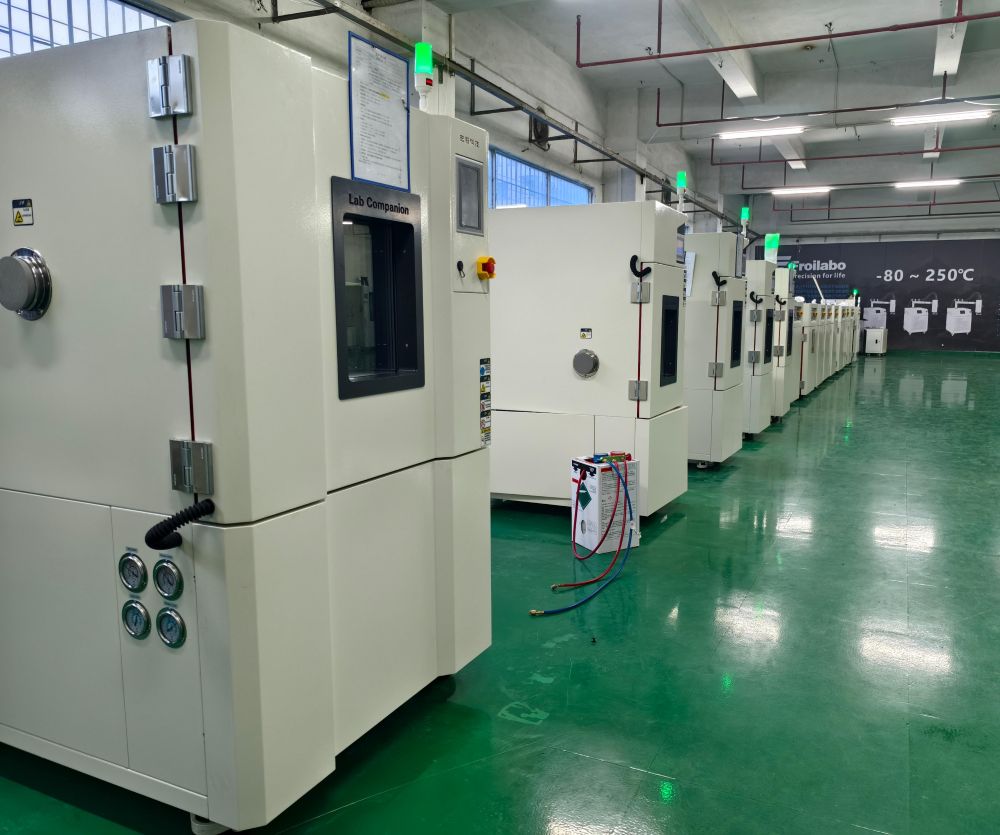When comparing angle steel towers and tubular steel towers for telecommunication or power transmission applications, key differences arise in their design, structural properties, installation, cost, and suitability for specific environments. Below is a detailed comparison:

1. Material & Design
-
Angle Steel Tower:
-
Constructed from steel angles (L-shaped cross-sections) bolted or welded into a lattice framework.
-
Open, lightweight structure with diagonal bracing for stability.
-
Modular design allows for easy assembly and customization.
-
-
Tubular Steel Tower:
-
Made of cylindrical or polygonal steel tubes, welded or bolted into a solid, enclosed structure.
-
Smooth, aerodynamic profile with fewer exposed components.
-
2. Strength & Load Capacity
-
Angle Steel Tower:
-
High strength-to-weight ratio due to lattice design.
-
Better suited for tall heights (e.g., 100+ meters) and heavy loads (multiple antennas, ice/wind loads).
-
Less prone to vibration in high winds.
-
-
Tubular Steel Tower:
-
Robust monolithic structure ideal for medium heights (e.g., 30–60 meters).
-
Lower wind resistance due to streamlined shape but may require thicker steel for taller installations.
-
3. Wind Resistance
-
Angle Steel Tower:
-
Open lattice design allows wind to pass through, reducing lateral forces.
-
More susceptible to ice accumulation in cold climates.
-
-
Tubular Steel Tower:
-
Solid surface creates higher wind drag, requiring stronger foundations.
-
Better performance in icy conditions due to enclosed structure.
-
4. Installation & Maintenance
-
Angle Steel Tower:
-
Easier to assemble on-site due to modular components.
-
Lightweight sections reduce crane dependency.
-
Maintenance is simpler (e.g., climbing lattice rungs).
-
-
Tubular Steel Tower:
-
Often pre-fabricated and transported in large sections, requiring heavy machinery (cranes).
-
Limited internal access; maintenance may need external ladders or platforms.
-
5. Cost
-
Angle Steel Tower:
-
Lower material and fabrication costs due to simple steel angles.
-
Higher labor costs for on-site assembly.
-
-
Tubular Steel Tower:
-
Higher material costs (thicker steel tubes) and fabrication complexity.
-
Lower installation time in some cases (pre-fabricated sections).
-
6. Aesthetics & Space
-
Angle Steel Tower:
-
Visually prominent lattice structure; may face opposition in urban/residential areas.
-
Requires larger footprint for base and guy wires (if used).
-
-
Tubular Steel Tower:
-
Sleeker, more modern appearance; easier to camouflage (e.g., painted to blend with surroundings).
-
Compact base, ideal for space-constrained rooftops or urban sites.
-
7. Applications
-
Angle Steel Tower:
-
Ideal for rural or remote areas requiring tall towers for long-range coverage.
-
Common in power transmission and broadcast applications.
-
-
Tubular Steel Tower:
-
Preferred for urban rooftops, cellular networks (4G/5G), and sites with aesthetic constraints.
-
Often used for monopole installations in cities.
-
8. Durability & Corrosion
-
Angle Steel Tower:
-
Exposed lattice joints may corrode faster if not galvanized or coated properly.
-
-
Tubular Steel Tower:
-
Enclosed design offers better protection against moisture and corrosion.
-
Comparison Table
| Feature | Angle Steel Tower | Tubular Steel Tower |
|---|---|---|
| Design | Lattice framework | Solid, cylindrical/polygonal tubes |
| Height Suitability | Tall (>100m) | Medium (30–60m) |
| Wind Resistance | Lower drag (open structure) | Higher drag (solid surface) |
| Cost | Lower material, higher labor | Higher material, lower labor |
| Aesthetics | Industrial, visible | Sleek, urban-friendly |
| Maintenance | Easier access | Requires specialized equipment |
| Applications | Rural, broadcast, power transmission | Urban rooftops, 5G, cellular networks |
When to Choose Which?
-
Angle Steel Tower:
-
For tall, heavy-duty installations in open areas.
-
Budget constraints with a focus on long-term durability.
-
-
Tubular Steel Tower:
-
Urban deployments with space and aesthetic limitations.
-
Shorter towers needing minimal visual impact.
-
--
Both types have distinct advantages, and the choice ultimately depends on site-specific requirements, environmental conditions, and project goals.
Learn more at www.alttower.com
















